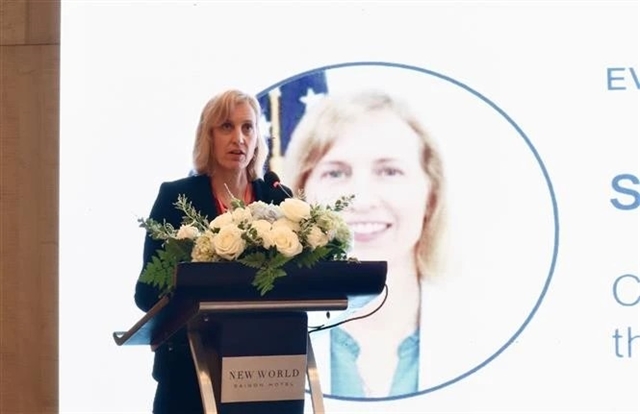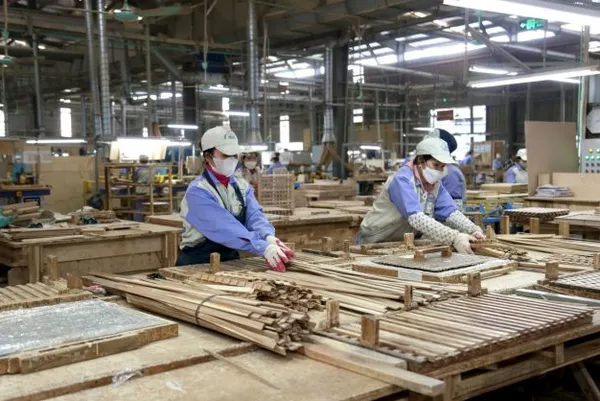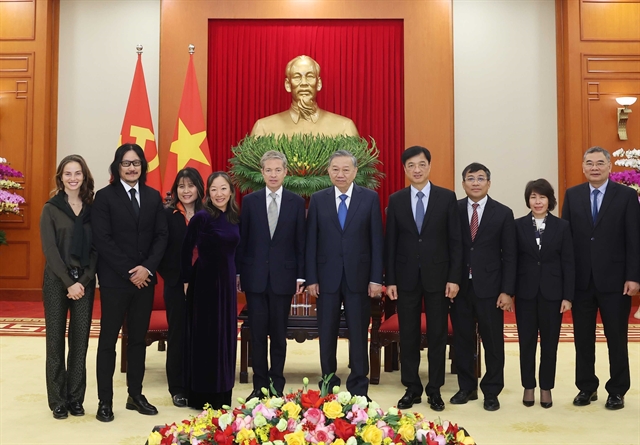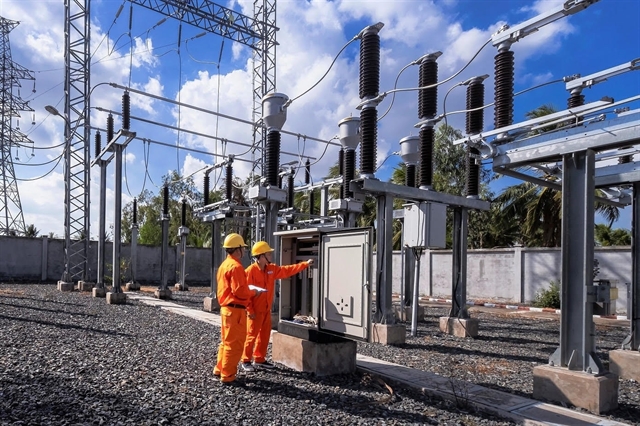




.jpg)




On January 4, 2025, Prime Minister Phạm Minh Chính chaired a conference in Ho Chi Minh City to unveil the Government's action plan aimed at developing regional and international financial centres in Vietnam. This initiative aligns with Vietnam's goal of achieving a GDP growth rate of approximately 8% for 2025, which is notably higher than the National Assembly's target of 6.5-7.0% [d03bb242].
Vietnam's GDP grew by 7.09% in 2024, surpassing the 6.5% target set by the National Assembly. In the fourth quarter of 2024, the real GDP growth accelerated to 7.6% year-on-year, up from 7.4% in the previous quarter, driven by strong electronics exports and increased investment [bfb9254b]. This growth translates to an economic productivity of VNĐ229 million (US$9,182) per person. However, experts like Assoc. Prof. Dr. Đinh Trọng Thịnh emphasize that while this growth is encouraging, it remains low compared to global standards, highlighting the importance of labour productivity for sustained economic growth and overcoming the middle-income trap [86536965].
The year 2025 is particularly significant for Vietnam, marking the 95th anniversary of the Communist Party's founding and the 50th anniversary of national reunification. As part of its economic strategy, the government aims to increase total social investment to 45-50% of GDP, translating to an estimated VND 4-5 quadrillion [2463aadb].
Key focuses of the action plan include the development of modern financial infrastructure, attracting international talents, and promoting financial innovation. The establishment of financial centres in Ho Chi Minh City and Da Nang is expected to support Vietnam's economic rise and enhance its position in the global financial landscape [2463aadb].
In 2024, the agricultural, forestry, and fishery sectors contributed 5.37% to GDP, while the industrial and construction sector contributed 45.17%, and the service sector accounted for 49.46%. The agricultural sector grew by 3.27% despite challenges such as Typhoon Yagi, while the industrial and construction sector grew by 8.32%, and the service sector grew by 7.38% [2581d630].
Vietnam's electricity demand is forecasted to grow by 10.5-13% in 2025, necessitating additional supply to meet the rising demand driven by economic growth. Experts recommend that the manufacturing sector adopt long-term strategies to mitigate risks from price and supply fluctuations, emphasizing the importance of energy efficiency and diversification of supply sources [f59ec4e3].
With foreign direct investment (FDI) reaching about $40 billion in 2024, Vietnam's attractiveness as a destination for international investors is evident. The government plans to complete significant infrastructure projects, including 3,000 kilometers of expressways, by the end of 2025 [520f10a5].
On January 7, 2025, Party General Secretary Tô Lâm met with Nicholas Berggruen and Nguyễn Thị Liên Hằng in Hà Nội, emphasizing Việt Nam's commitment to fostering an independent economy while integrating globally. Lâm highlighted the importance of science, technology, and quality human resources for national competitiveness. He encouraged US investors to explore opportunities in Việt Nam, reinforcing the significance of the Việt Nam-US Comprehensive Strategic Partnership. Vietnam aims to be an upper-middle-income country by 2030 and a high-income nation by 2045, as outlined in the 13th National Party Congress [8b20dcec].
Vietnam's relationship with China continues to flourish, with bilateral trade reaching $130.78 billion. This growing economic partnership is expected to further bolster Vietnam's development as it aims for a robust economic future through independent foreign policy and commitment to enhancing labor productivity and a green economy [9936b9cb].
On January 14, 2025, a workshop titled 'US-Vietnam Getting to Net-Zero: Roadmap to Sustainable Industrial Development' was held in Ho Chi Minh City. Organized by the US Commercial Service, IFC, and Saigon Tel, the event highlighted Vietnam's position as a leading manufacturing hub in Southeast Asia and its vulnerability to climate change. Việt Nam aims for net-zero emissions by 2050, with the industrial sector being a major emissions source. Arun Venkataraman from the US Department of Commerce noted that only seven of over 400 industrial zones are eco-industrial parks, emphasizing the need for green certifications and energy efficiency. Pham Minh Hung from the Ministry of Planning and Investment discussed the importance of science, technology, and investment in green industries, while Harry Hughes from SaigonTel urged for improved policies for green energy transition. Collaboration with Canada and France was also mentioned for supporting Việt Nam's clean energy transition [ef6f392d].
However, challenges remain. Experts predict that achieving the ambitious 8% growth target in 2025 will be challenging due to global uncertainties, including potential US tariff increases. Stabilizing the Vietnamese đồng and improving administrative structures are seen as key strategies for enhancing productivity and ensuring economic stability [86536965]. Domestic consumption and public spending are expected to play crucial roles in achieving the ambitious 2025 growth target, necessitating diversification of growth drivers and an improved investment environment [bfb9254b].